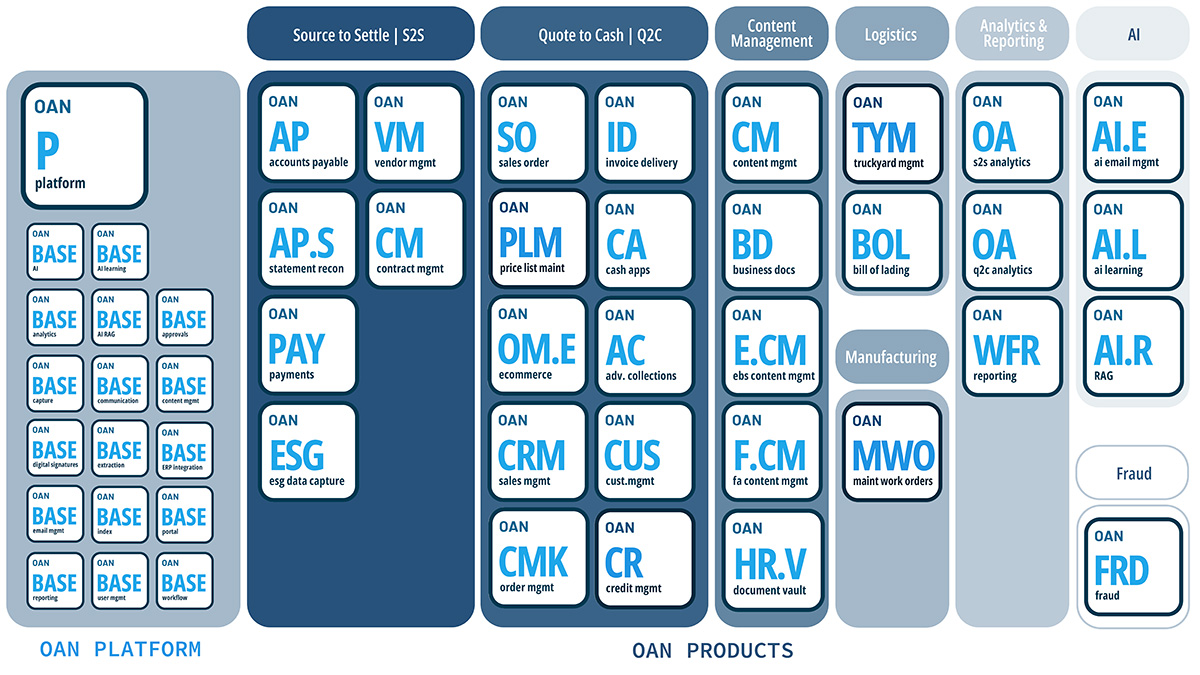What are accounts payable controls? There is a short answer to this and a long answer. The short answer is that it is the mechanism created to mitigate the risk of losses on the side of the AP team and, subsequently, the company.
Coming to the long version of the answer. To understand what account payable controls are, you need to look at the various types of AP controls that exist. In this article, we’ll be delving deep into AP controls.

Obligation to pay controls
There are various sub-parts in understanding this control, but here’s a basic overview. This control exists to approve payments that the authority needs to approve. It shows that the invoice is ready to become a supplier invoice. It’s one of the primary controls and isn’t as imminent as the other controls. It does have a lot of applications but doesn’t exert much pressure over the entire workflow.
Here are some of the uses this control has:
- It makes the AP team assemble the invoice and authorize the purchase order. The invoice is thoroughly reviewed and checked for any errors before passing it.
- It approves purchase orders. The AP workflow is closely related to the procurement department; this department looks into purchase orders and makes sure that all the orders have been approved by authorities before the invoices for the same are sent out.
- It uses the three-way match approach. It’s easy to understand this three-way approach; in this, someone from the payables staff checks the invoice receipt and gives it the approval to move forward. Using this process can make the entire process quite methodical, but it is quite slow. It can break down easily too, but that can be taken care of by an automated AP workflow.
- To get rid of duplicates. Duplicate invoices can often be the bane of the entire workflow. Getting rid of these is essential, and that’s what this control does.
Data Entry controls
Data entry is an important aspect of AP workflow. This control checks whether the information has been entered into the invoices and the databases and their validity. An AP workflow must manage how and how much data is entered, as any misstep can cause huge losses for the company. Data entry controls have four primary functions.
Here are the functions of Data Entry Controls
- It enters records data before approval. The basic function of this control is not to get approval but to make payments to the suppliers. Via this control, all the invoices are recorded together into the system, making it easy to handle.
- It also records data after the approval of the invoice. It makes sure that the AP team has looked into the invoices once before entering them into the database. This way, transparency can be maintained.
- It gives the invoice numbering guidelines. The worst error that can happen in an AP workflow is the error of duplication. To prevent that from happening, a proper numbering of all invoice sheets is necessary. Data controls enable the AP team to do so but expect the users to keep a consistent way of numbering so that the system isn’t confused.
- It matches the budget in financial statements. The invoices should be directed to the right department. Discrepancies in this rule can lead to the budget toppling over, so this needs to be handled with utmost care.
Payment controls
The third and final category of controls is payment controls. They exist to track payments and make sure that the supplier has received them. In the case of electronic payments, it’s a bit redundant because the payments are immediate, but if for some reason it doesn’t pass, the whole situation falls under the jurisdiction of payment controls. It has five major functions in offline transactions.
Here are the functions of payment controls:
- It divides the work among the team to split printing checks and signing duties. This makes sure that someone is cross-checking these checks before signing them off. This way, the chances of error are decreased significantly.
- It makes sure that the unused checks are secured in a locked location. This reduces the chances of fraud that can happen if these checks were to fall into the wrong hands.
- They help in tracking the checks via their check numbers. In case any checks have been sent from the company but not received by the supplier, the firm can track them by their numbers. The number is unique to every check and can help the bank find out where the check is in its processing stages.
- The last two functions of this control are relatively similar. They are the allowance of the manual signing of checks and allowing multiple people to sign in case of certain conditions that might arise.
Conclusion
This article was a deep dive into what account payable controls are. Hopefully, you were able to understand the long answer and can work with these controls with this basic understanding.

